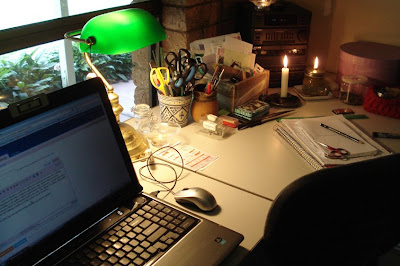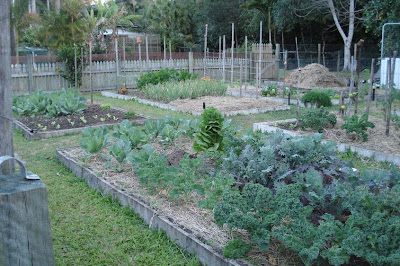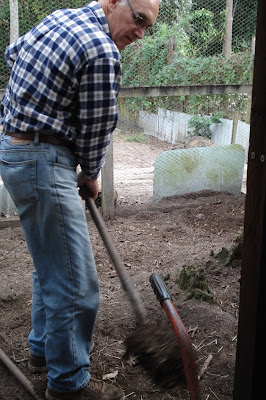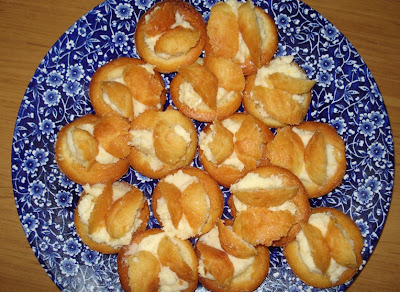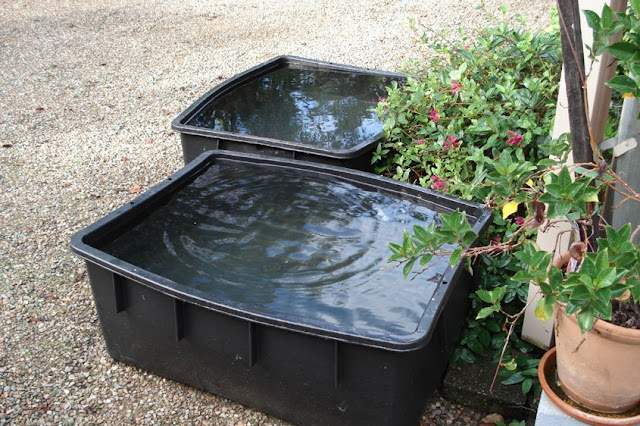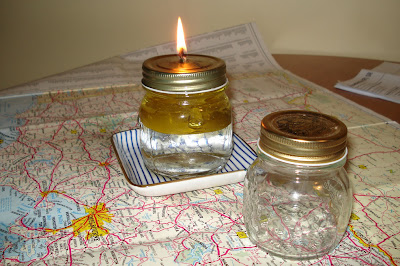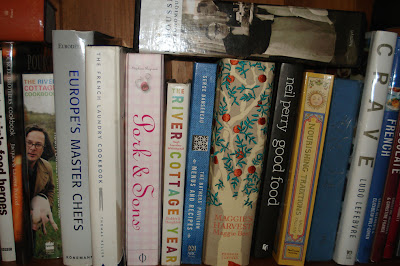Next in the series of readers questions is how to start living simply.
Well, the answer to this is to know why you want to simplify your life. Is it because you feel stressed all the time? Are you concerned about the chemicals in your life? Are you moving to another house and want to change the way you live along with everything else? Are you trying to save money? Or are you tired of living with debt and stress and long to return to a gentler way of life? There are probably as many reasons to simplify as there are people reading this post, so let me tell you where I started and maybe that will work for you too.

When I stopped working for a living I had not thought about simplifying but I had grown up in the 1950s and remembered a life much simpler than the one I was living. Before I married, when I lived in isolated parts of Australia, I stockpiled, I gardened when I was younger and the first pets I ever bought for my sons were chooks. Those chooks taught them so much - about gentleness, attention to detail and the never-ending responsibility of providing food and water for pets. I have been 'green' most of my life but had never reflected that in my life consistently or with conviction.
I suppose I was ripe for the picking.
I wanted to live in a different way, I wanted to leave the stress of "normal" life behind me, I wanted to slow down, be quieter and more in touch with my family and my natural surroundings. And while I did all that I wanted to open myself up to whatever my life would hold at this point. Whatever was out there I wanted to "know it by experience" as Thoreau would say. I looked forward to collecting eggs and honey, to growing food fit for a king's table and living a meaningful life. I wanted to say goodbye to gossip, meaningless celebrities, greed and having everything at any price and hoped to discover a world where grace, respect and enrichment filled the sweet air I breathed. Boy, did I hit the mother lode when I started to slow down and live according to my values. It was all there; I found what I hoped for and much more.

I started by organising my money in more accountable ways, by making a budget and sticking to it and by cutting back a lot on what I was buying. I shopped in a different way - what used to be one chaotic weekly trip to the supermarket and a few other trips back to pick up things I'd forgotten, turned into a planned monthly shopping trip. We started planning our trips out and doing as much as we could each time we went out instead of making a lot of little trips for one or two things.
I started stockpiling, then my grocery shopping was even less frequent. This gave me a lot more time at home and that time was put into the vegetable garden. Over the first few years we produced vegetables only during the cooler months, having summer as our down time, but as we came to rely more on the garden produce, we continue planting year round.
To help our garden produce at its best, we have compost brewing all the time, we added a worm farm for castings and worm tea, and of course, we always have chickens in the backyard. We bought our first about 25 years ago when the boys were little and we still enjoy the clucking outside. The backyard wouldn't be the same without the chooks. At the moment, we're building up our fruit production. We had lemons, bananas, loquats, oranges, pecans and passionfruit since we arrived here, in the past few years we've added pink grapefruit, mandarins (clementines), blueberries, red paw paw (papaya) and avocados.

I started preserving/canning and freezing to save various excesses in the garden and to be sure we had good home made sauces, relishes and jams. I have always cooked from scratch so no changes there but we did stop buying the occasional takeaway meal and I developed a set of fast food that I could make at home. I also tried my hand at cheese making, fermenting - sauerkraut and vinegar, and baking.
In an endeavour to cut costs and stop bringing chemicals into our home I started making homemade cleaners and vegetable oil soap. This is one of the few areas Hanno isn't quite fully onboard with yet. I use the homemade soap to wash my hair but he's using a Neutragena shampoo at the moment and he still buys detergents ever so often, but he's promised to not do that in the future. He loves the homemade laundry powder and the other bicarb, lemon and vinegar concoctions I use, so we haven't gone too far off our course.
I love knitting and stitchery but the truth is I see them as part of my housework. I mend rather than throw out and I look after what we own so we use everything fully. I knit for the pure and simple reason that we need knitted dish cloths and face cloths and various woollies for winter wearing. I'm knitting a pair of fingerless mittens for Hanno now and will then knit him a pure wool jumper (sweater). Handiwork also provides gifts for giving throughout the year. Our gift for Shane and Sarndra at their wedding last month was a queen size wedding quilt. It was a gift I felt really good about giving them and they accepted with gratitude, I'm sure they'll treasure it for a long time. But there are also smaller gifts for birthdays and Christmas and more and more I'm finding people appreciate the time and effort that has gone into a hand made gift.
So as you can see, once we started living a more simple life, one thing lead to the next and it grew organically to what we have today. I think most plans will develop themselves once the first step has been taken; it's always that first step that's the most difficult. And make sure you remember that my life and what I've just described for you certainly isn't the only version of a simple life. You don't have to give up work or wait until your children leave home and you don't have to be living in the country. You can do this anywhere, at any time. Cut back on your spending, look at the way you feed yourself and change what you can for the better, teach your self how to bake, sew, knit and whatever you do, be pleased with what you achieve, don't dwell on what you haven't done. That will be waiting for you when you can manage it.
So now to the important part - we've talked so far about the practical side of simplicity, but you also need to think about yourself and your life in a different way, and you need to slow down, stop multi-tasking and be kind to yourself. As soon as you make your first step, say to yourself that you're living simply, tell others, if they ask, that you can't go shopping with them because: "I decided to live more simply, I won't be going out shopping very much now. I'm saving to pay off my debts." Just hearing yourself say that will affirm your change. Build on it by thinking about your life and your changes every day. This way of living is as much about how you think about yourself and your life as it is about the practical things you do everyday. If you do many of the things I've described but still think of yourself as a shopper and long to get back to the mall, that is where you'll end up. You have to develop a simple mindset. Think about the values you want to live by. I want generosity, kindness, grace and respect in my life, and I consciously work on ways to live to those values. If you can, take time out for yourself every day. Think about ways you can reconnect with your family and how you can develop your simple life.
And then,
just do it.








